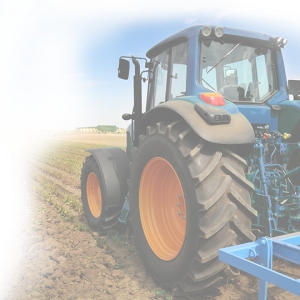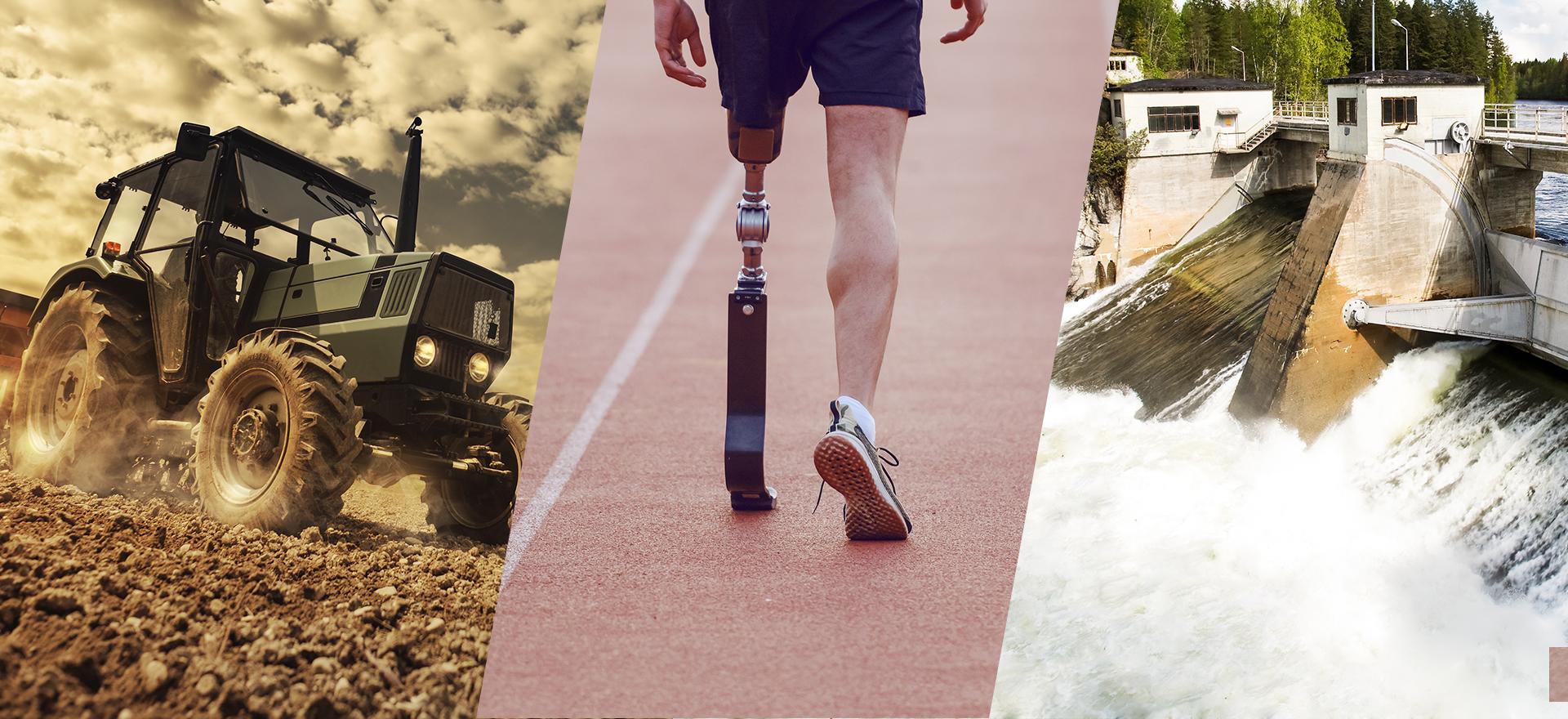Roller Bearings
Roller bearings generally comprise of 2 rings with rolling elements in-between. The rolling elements may be balls, cylindrical rollers, needles, tapered rollers, or spherical rollers and are guided by a cage that keep them at an equal distance and avoid contact among them.
Roller bearings used for radial loads are known as radial bearings, while roller bearings used for axial loads are called thrust bearings.

Roller Bearing Advantages
Roller bearings significantly reduce friction. They also offer further advantages such as:
- Low maintenance cost
- Low heat generation
- Less lubricant required
- Easily exchangeable
- No technical modification required to change the direction of rotation.
Plain Bearings
Plain bearings are also referred to as bushings, sleeve bearings, solid bearings, shaft bearings, or journal bearings. With plain bearings, the moving component - often a shaft, pin, or guide bar - slides, on the sliding layer of a stationary ring, bearing insert or plate. The sliding movement occurs directly between the sliding layer of the bearing housing and the part to be supported.
Plain bearings reduce friction by using specific materials, such as PTFE or graphite, to facilitate movement between 2 surfaces. Plain bearings can be either self-lubricating for dry operation or externally lubricated with oil or grease.
Plain bearings are defined by the bearing material used, which includes metal-polymer, fiber reinforced composite, metal or bi-metal and engineered plastic. They are commonly used in static oscillatory applications such as hinges, pivots, and linkages.

Plain Bearing Advantages
GGB provides a large number of plain bearings that offer various advantages:







